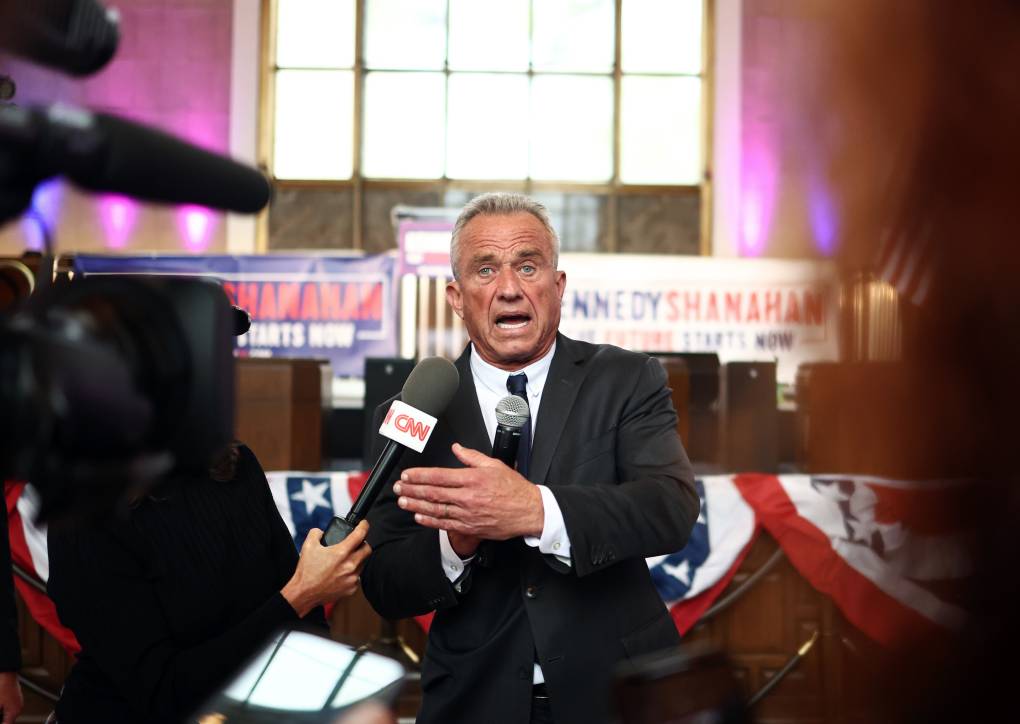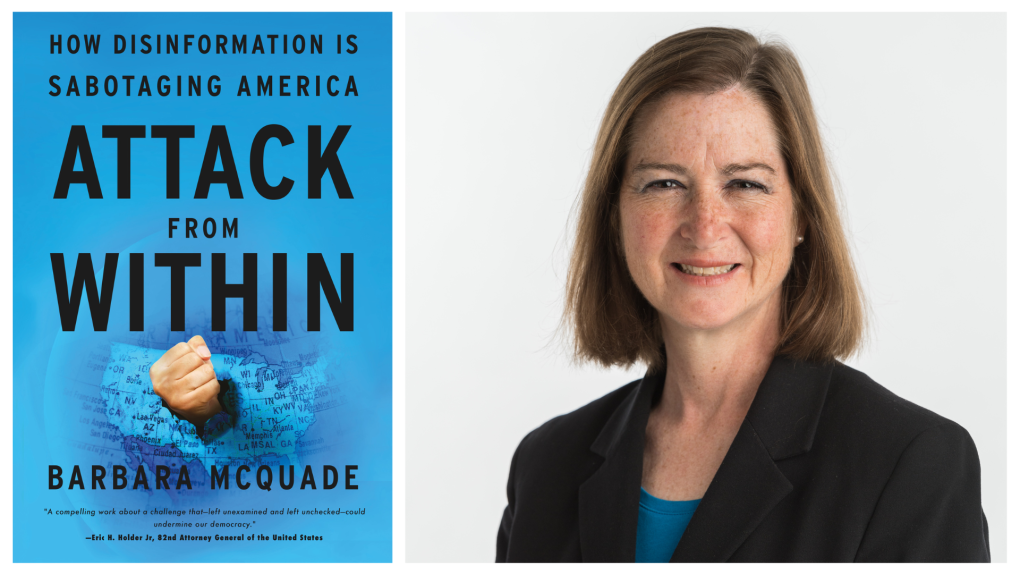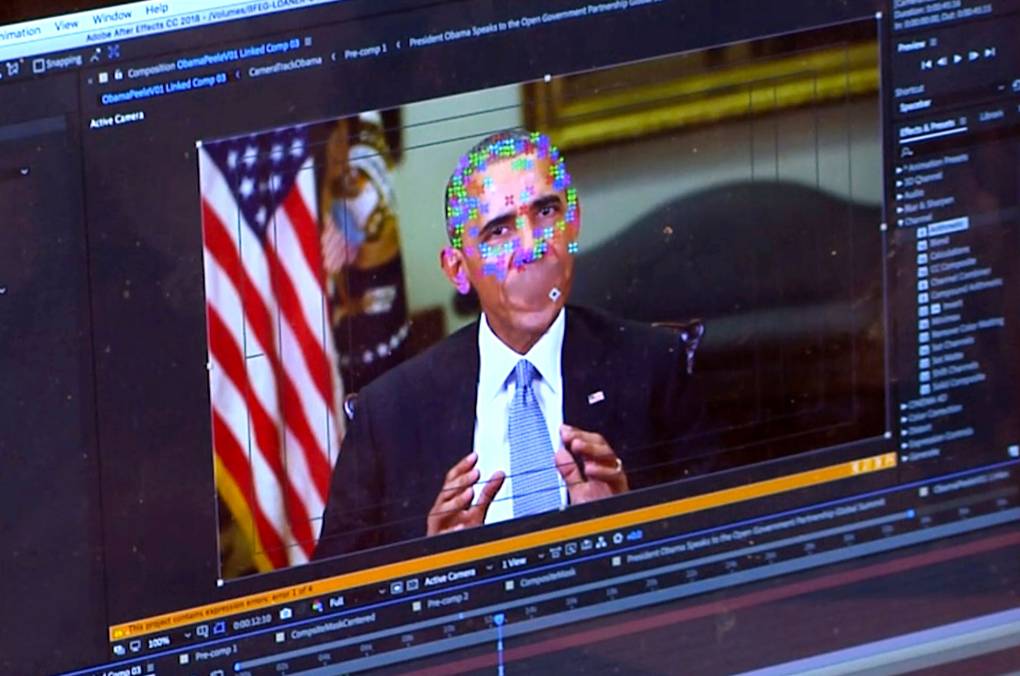A growing group of academics and civil discourse advocates are sounding the alarm over a surge in hate speech and disinformation on all major social media platforms as the Israel-Hamas war escalates.
Consider the most recent dramatic example, in the hours following the Oct. 17 air strike of a hospital in Gaza that killed scores of civilians. As journalists and respected investigative groups tried to make sense of the incident, social media exploded with unfounded accusations from Hamas and its supporters that the missile had been fired by Israel and had killed close to 500 people. They then cast doubt on subsequent evidence suggesting that the hospital was most likely hit by an errant rocket fired by Palestinian militants and that the death toll — while still strikingly high — was significantly lower than initially reported.
While incontrovertible confirmation of who perpetrated this particular tragedy may not come for some time — if ever — it’s clear that the chaotic online discourse around it further inflamed tensions.
Eroding trust
“It’s not just that there are fraudulent pieces of information out there. When the authentic pieces of information come out, we don’t know if we should trust it,” said Hany Farid, a UC Berkeley School of Information professor specializing in detecting manipulated media and deep fakes. “And that makes reasoning about what is happening really difficult. Nobody fundamentally knows what’s going on anymore, and that’s insane.”
Over the last year, major social media platforms have gutted their content moderation teams, a shift that many say is in part responsible for the proliferation of photos and videos of this war that turn out to be recycled from other conflicts — or are sometimes even clipped from video games.



